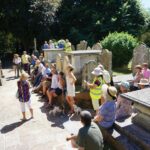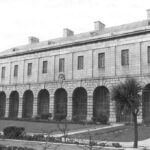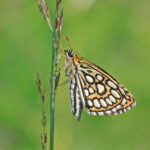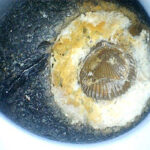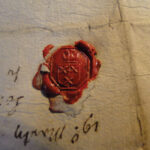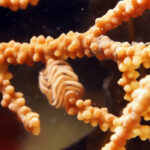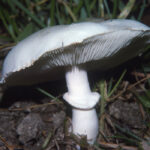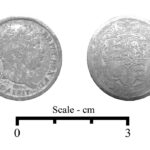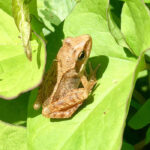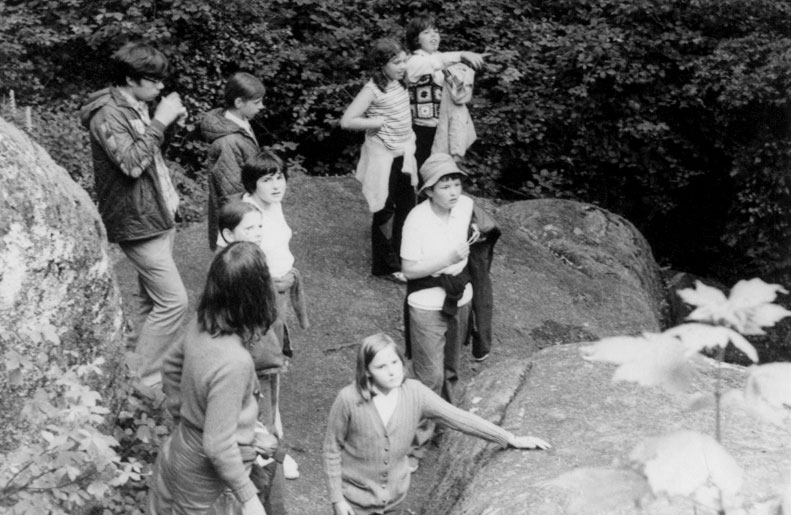Dr Amy Louise Hall and Piers Sangan, the co-chairs of the Zoology Section were in Guernsey between the 14th and 21st of August providing training in advanced bat survey techniques to members of the Société Guernesiaise bat section. This being the third year that training has been offered in Guernsey in these techniques.
All bat trapping is undertaken under Guernsey licences issued under the Animal Welfare (Guernsey) Ordinance 2012 with permission to study or examine an animal in the wild where it is to be returned to the wild, including temporarily marking or tagging.
In previous years the training has identified a few ‘firsts’ for Guernsey, namely proof that Nathusius’s pipistrelles (Pipistrellus nathusii) are breeding in the Island, and the first confirmed ‘in the hand’ record of a brown long-eared bat (Plecotus auritus.
This year, Piers and Amy were joined by Richard Crompton and Ellie Hack, two experienced UK ecologist who both volunteered their time to further the knowledge of Guernsey’s bat species.
During the week of survey work, six sites across the Island were selected to trap bats using harp traps, these being St Saviour’s reservoir, Bluebell wood, Saumarez park, Le Guet, Tunnels near to Delancey Park and outside of the German underground hospital. A total of 34 bats were caught during survey efforts. Of these 34 bats, four were tagged, namely two Natterer’s bats (Myotis nattereri), one Kuhl’s pipistrelle (Pipistrellus kuhlii) and one Whiskered bat (Myotis mystacinus).
For several years the Bailiwick Bat Survey have been recording what was considered to be either Whiskered (Myotis mystacinus) or Brandt’s (Myotis brandtii) bats. To enable full verification as to which species the bat was, it was necessary to have the bat ‘in hand’ to enable a review of the distinguishing features between these two bat species. Three harp traps (two Ecotone, and one Ausbat) were erected at a site known to have had good numbers of the acoustic call files from the 2023 Bailwick Bat Survey results. No acoustic lures were used. One small myotis was caught, with this being weighed, the forearm measured, and the dentition examined. The bat was confirmed to be a Whiskered bat (Myotis mystacinus).
The decision was made to affix a radiotag (Picopip, Lotek) to the bat using a temporary latex adhesive to enable the bat to be radio-tracked back to the roost site using a Lotek Biotracker VHF Receiver and a Lotek LITEFLEX 3-Element VHF Yagi Antenna tuned to the tag’s frequency (in the 173Mhz band).
A roost was confirmed within a property on St Clair Hill where an emergence survey was undertaken, with one bat observed emerging. Additionally, the bat was seen to be foraging around Delancey Park and its environs, as well as sites to the west of Clair Hill.
The radio-tracking results from the two Natterer’s bats lead to the discovery of six tree roosts for this species, the first confirmed tree roosts for the Island, with the roosts being around Saumarez Park and environs, the Little Chapel and Fauquet Valley. The Kuhl’s pipistrelle lead us to only the second roost recorded for the species in the Island.
We’d like to thank Richard and Ellie for volunteering their time and expertise, to the members of the Société Guernesiaise bat section, to the States of Guernsey for their continued support, and to the Strategy for Nature fund.









